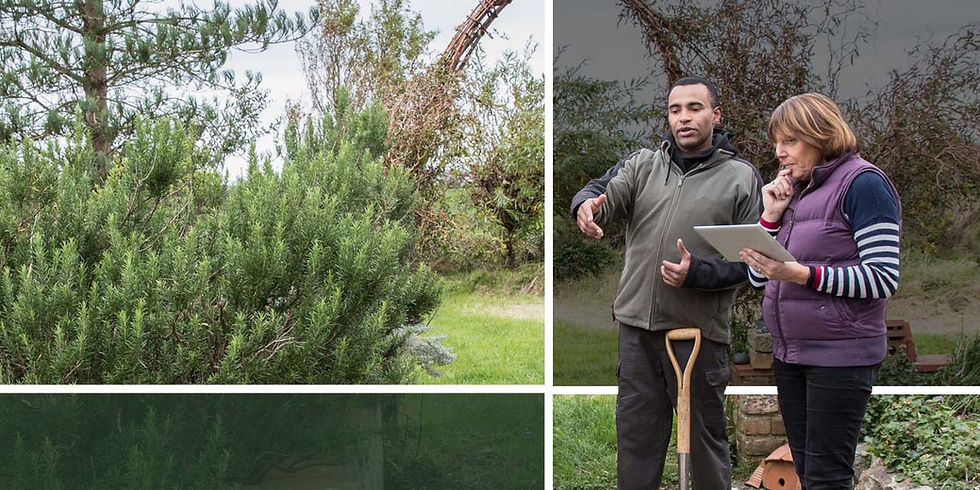How to kill turf weeds
- Rooted in Nature

- Aug 2, 2022
- 3 min read
Updated: Apr 30, 2024

Troublemaking turf weeds, such as nutsedge, dollarweed and crabgrass cause problems, even when just one of them shows up. But these tough characters tend to run in packs. When one appears, more are close behind. Unlike some common weeds that give up more easily, these tenacious invaders fight back — often with one or more backup plans to get around your treatments.
Quality crabgrass preventers stop weed seeds from germinating, and a premium weed and feed product takes care of most actively growing weeds. But some unyielding turf weeds refuse to give in.
For an inside look at how relentless weeds outmaneuver many homeowners, consider yellow nutsedge. The bane of homeowners and landscape professionals alike, this tough perennial weed resists all comers. Despite its grasslike leaves and common name of nutgrass, yellow nutsedge isn't a grass at all. Common weedgrass killers and broadleaf weed killers, which work on most lawn weeds, are ineffective against this opponent.
Nutsedge spreads by seeds and underground stems known as rhizomes, but its primary route for turf takeovers is its underground tubers, known as nutlets. Nutlets store energy reserves and bear buds, sort of like potatoes do, and send up sprouts to form new plants. A single plant can produce 90,000 seeds in one season.
A warm-season weed, nutsedge stays active during summer and often outgrows cool-season lawn grasses. It quiets down and dies back as temperatures drop in the fall, but the nutlets and rhizomes, which are a foot or more below the surface, stay protected, even in northern climates. In spring, tubers send up new shoots, which form new nutlets in six weeks or less. Before you know it, a 6-foot patch of nutsedge is out-competing your turf grass.
Other tough weeds have similar methods to evade control efforts. Dollarweed, known as pennywort in some regions, is a strong perennial broadleaf that also spreads by seeds, rhizomes and tubers. Crabgrass, an annual weed, keeps low to the ground, spreading and avoiding mower blades while producing up to 150,000 seeds per season. Dandelion, a perennial broadleaf weed, sinks a deep taproot that reaches down 2 to 3 feet. Unless it's killed to the tip, it'll be back to spread billowy seed through your lawn and lawns nearby.
Try to dig or pull any of these tough lawn weeds out and you'll usually aid their cause, leaving rhizomes, nutlets or taproot bits to multiply and grow. They'll even hitch a ride on your gardening tools to get to a new location.
There are many options in the gardening section for weed killers that target tough weeds in particular, we find that an all-in-one product is typically the most effective.
While herbicides and chemicals are one route, there are also some natural methods you can try as well, like a carpet of newspaper, which blocks sunlight and oxygen from reaching the soil, will smother weeds already sprouted and prevent new ones from growing. Throw down newspaper in 10-sheet layers, wet to hold it down, and cover with an inch or two of mulch. If weeds begin to grow in the mulch, add more layers, making a mulch-newspaper lasagna, which eventually will decompose and nourish the soil.
You can also try vinegar, the acetic acid in 5% vinegar is a desiccant that sucks the life out of plant leaves. It’s most destructive to young plants with immature roots, though it just rolls off weeds with waxy leaves, like pennywort or thistle.
Make sure you cover desirables before spraying, because vinegar is an equal opportunity killer. Keep your spray on-target by removing the bottom from a 2-liter plastic soda bottle, and placing it over the weed. Spray vinegar into the mouth of the bottle, which will keep it from splattering on your vegetables.
Still have weeds? No problem - contact the landscaping specialists at Rooted In Nature for more help at 443-846-0199 or info@rootedinnaturemd.com.



Comments